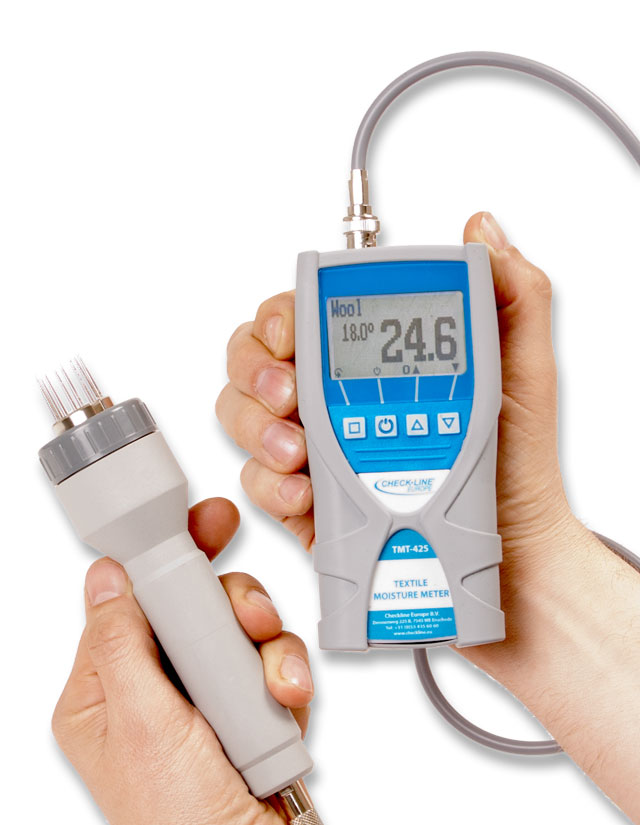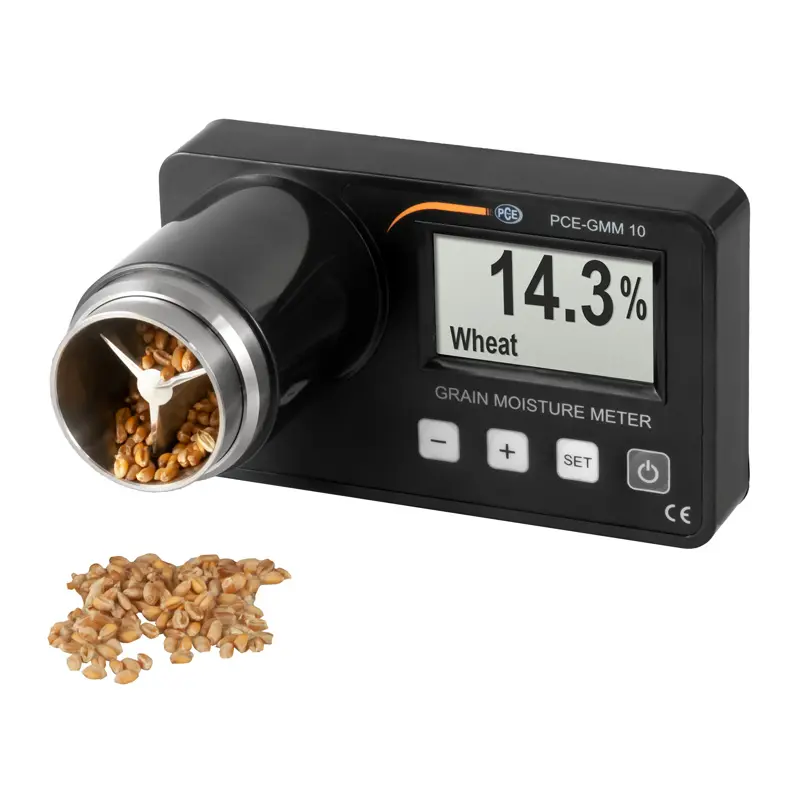Delve Into the Globe of Moisture Meters: Whatever You Need to Know
In the realm of dampness meters lies a world of precision and functionality that frequently goes unnoticed. Recognizing how moisture meters operate, the various kinds readily available, and their varied uses can shed light on their relevance in making sure high quality and performance.
How Moisture Meters Work
Moisture meters operate by determining the electrical conductivity or capacitance of products to figure out the wetness web content present. These meters are invaluable devices across various markets, including woodworking, building and construction, and agriculture. By utilizing different approaches such as pin-type or pinless modern technology, moisture meters provide precise analyses that help professionals make informed decisions.
Pin-type moisture meters function by putting the sharp pins right into the material being checked. The electric conductivity between the pins is then determined, with greater dampness degrees causing increased conductivity. Moisture Meter. On the other hand, pinless wetness meters use electromagnetic signals to scan a larger location without creating any damages to the product's surface. These meters are suitable for swiftly analyzing dampness levels in huge areas or completed products.
No matter the technique utilized, moisture meters play a crucial function in stopping issues such as mold and mildew growth, structural damages, or item issues created by excess wetness. Understanding just how these meters job is crucial for making sure the top quality and stability of materials in different applications.
Kinds of Moisture Meters
Given the important function wetness meters play in various industries, it is necessary to recognize the various types offered to experts for precisely evaluating wetness levels - Moisture Meter. There are primarily two main kinds of moisture meters: pinless and pin-type moisture meters

On the various other hand, pinless dampness meters utilize electro-magnetic sensing unit plates to check a larger area of the product without triggering any type of damages. This type appropriates for promptly scanning large locations and is generally made use of for flooring, wall surfaces, and ceilings. Pinless meters are hassle-free for taking analyses on completed surfaces without leaving any kind of noticeable marks.
Both kinds of wetness meters have their advantages and are picked based on the specific demands of the task at hand. Understanding the distinctions between these types is important for specialists to make precise wetness evaluations.
Applications Throughout Industries
Construction experts count on dampness meters to evaluate the moisture levels in building products like drywall, concrete, and timber, which is important for maintaining structural integrity and stopping issues like rot or mold. The flooring market utilizes wetness meters to determine the dampness web content in subfloors prior to installing various floor coverings, protecting against pricey problems due to excess dampness. In the food sector, wetness meters are utilized to keep an eye on and regulate moisture levels in items such as grains, nuts, and dried fruits to maintain freshness and high quality.
Tips for Utilizing Moisture Meters
Make use of the moisture meter's calibration settings to guarantee precise analyses when measuring the wetness material in various products. Additionally, make sure the meter is established to the correct dampness array for the material you are measuring to get the most accurate results.
When utilizing a pin-type dampness meter, put the pins to the proper depth advised for the product being tested. This makes certain that the wetness readings are extracted from the correct deepness within the material, offering a much more exact depiction of its moisture material. For pinless dampness meters, remember to maintain correct contact with the material's surface area to obtain dependable analyses.
Frequently examine and replace the batteries in your wetness meter to prevent inaccurate analyses due to low power. Shop the meter in a completely dry and safe location when not being used to prolong its life-span and keep its precision. By adhering to these ideas, you can maximize Source the performance of your wetness meter and obtain specific dampness material dimensions throughout various materials.
Maintenance and Calibration
To make certain the precision of dampness web content dimensions, routine maintenance and calibration of the dampness meter are essential steps in its proper functioning. Calibration adjusts the wetness meter to ensure that it offers reliable and constant outcomes.
Calibration ought to be done regularly, particularly if the wetness meter is utilized frequently or in essential applications where exact measurements are called for. By keeping and adjusting the wetness meter regularly, customers navigate to this site can trust the precision of the dampness material dimensions gotten.
Verdict

To conclude, moisture meters play a crucial role in different markets by properly determining the wetness web content of materials. Recognizing how these devices work, the various kinds offered, and appropriate maintenance and calibration are essential for obtaining reputable outcomes. Whether in agriculture, construction, or production, using moisture meters helps make sure quality assurance and effectiveness in procedures.

In verdict, dampness meters play a critical duty in various industries by properly determining the dampness material of materials.